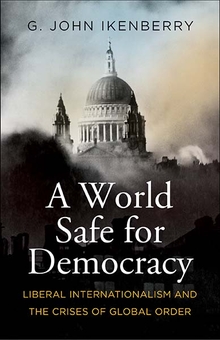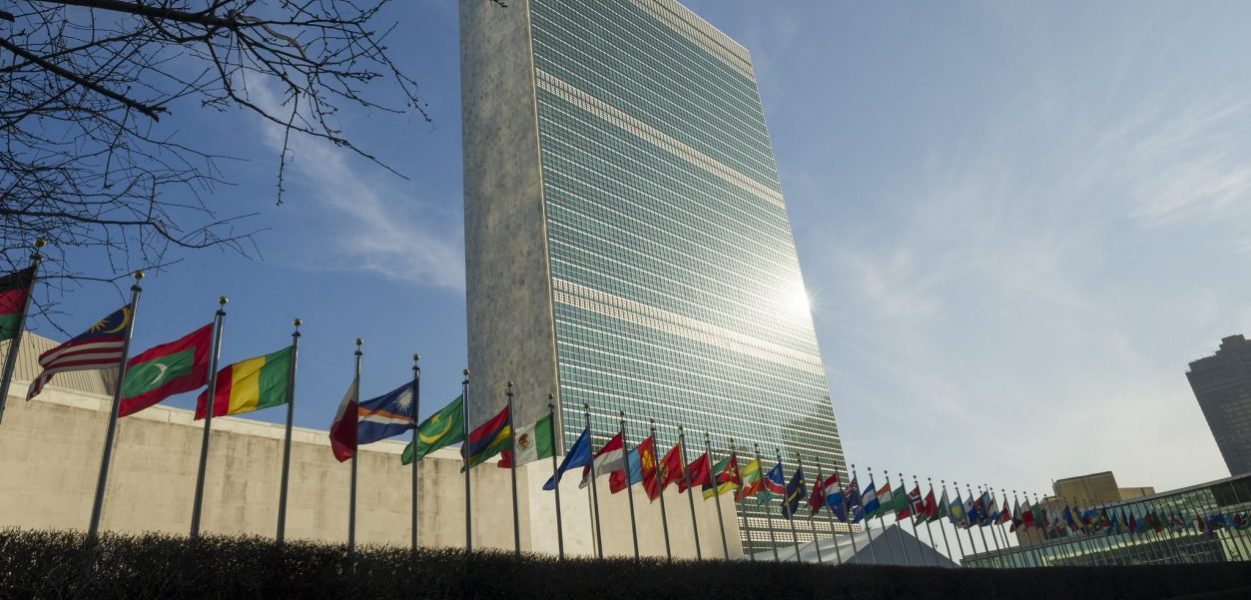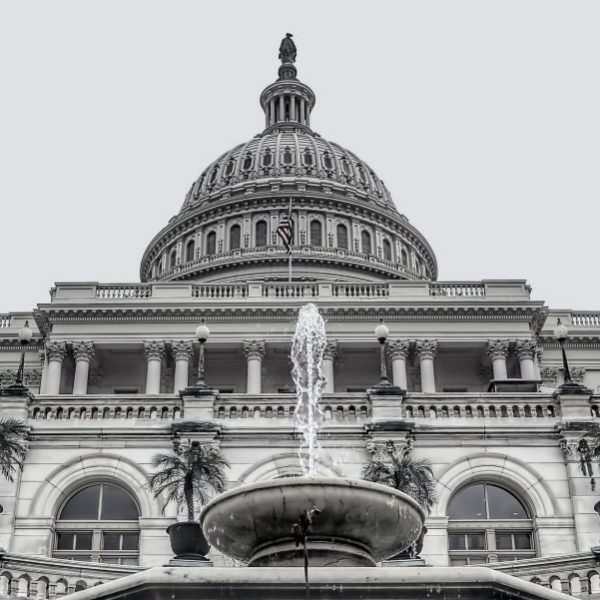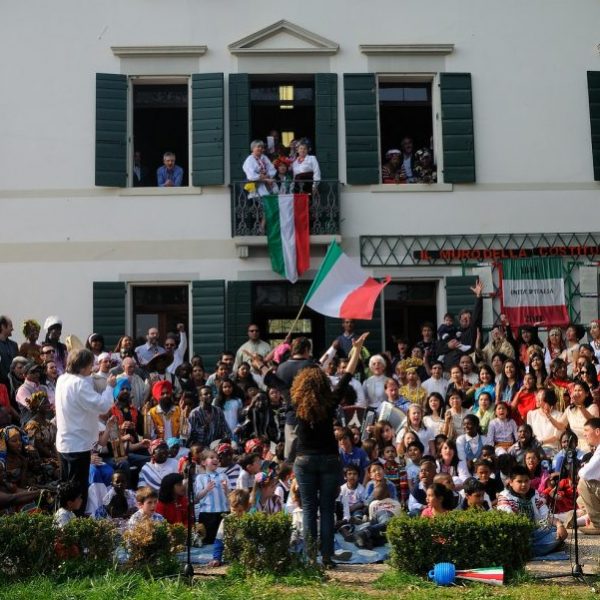The Nineteenth-Century Origins of Internationalism
G. John Ikenberry—
Liberal internationalism was born in the nineteenth century, and by the century’s end it had begun to crystallize into a recognizable school of thought—a distinctive cluster of ideas and agendas for organizing international relations. The intellectual roots of this tradition trace back to the Enlightenment and the late eighteenth-and early nineteenth-century age of democratic revolution. Its political roots trace to the rise of “internationalism” in mid-nineteenth-century Europe, as articulated by diplomats, activists, thinkers, merchants, peace activists, jurists, and many others. An older idea of internationalism—defined as efforts to build rules, institutions, and relationships that connect polities and peoples across territorial divides—reaches back centuries. But in the nineteenth century, internationalism emerged as an increasingly distinct, self conscious, and organized realm of activity, with the Western democratic world as its epicenter. States and societies were modernizing, growing powerful, and expanding their imperial and commercial frontiers. Modern internationalism was a product of this transforming moment.
Internationalism was in many ways the twin of nationalism, the ideology of the modern nation-state, which also emerged as a political movement in the nineteenth century. A “nation” or “people” came to be seen as the rightful foundation for political rule and the territorial state. In this sense, nationalism and internationalism were rivals—ideological alternatives and competitors for the political allegiance of peoples. Nationalism celebrated the division of peoples into ethnic, cultural, and geographic groupings, while internationalism celebrated the overcoming of these differences in cooperative pursuits. Yet, in a more profound sense, nationalism and internationalism were two sides of the same coin. “Whatever sense is given it, the meaning of internationalism logically depends on some prior conception of nationalism,” Perry Anderson notes, “since it only has currency as a back-construction referring to its opposite.” But the relation between the two ideas is not so linear: they developed together. Modern nationalism emerged within the setting of the European state system. It defined identity and loyalty within a wider world of nations and peoples. Internationalism, in turn, emerged as a response to nationalism and the crystallizing world of nation-states. In all its varieties, internationalism entailed efforts to forge cooperative ties and bonds of solidarity across a world of peoples, nations, and states.
The rise of liberal democracy in the nineteenth century intensified the connections between nationalism and internationalism. Liberal democracy was both a national and an international project. The institutions of liberal democracy were national, established within the framework of the territorial nation-state. As thinkers such as John Stuart Mill and Giuseppe Mazzini argued, political rights and protections were to be secured within nations. Throughout the nineteenth century, struggles for liberal democracy were intimately bound up with nation building and movements for national self-rule. But liberal democracy, with its roots in the universalist aspirations of the Enlightenment, also had an international dimension. Its institutions and ideals were premised on an expanding world of trade, exchange, and community. Civil society—the backbone of liberal democracy—provided openings and connections to the outside world. Moreover, liberal democracy—its republican institutions and open society—were fragile creations whose vulnerability to geopolitical forces created an incentive to build a protective international order.
In the nineteenth century, internationalism became more than simply a diverse set of activities that cut across national borders. It became a realm of world politics manifest in organized activities bridging political units that set the stage for the grand projects of twentieth-century liberal internationalism. As Mark Mazower argues, by the mid-nineteenth century, internationalism had become an “ism,” “a radical project closely connected to the rise of professions and the bourgeoisie, manufacturing and commerce, and to their ideological expressions in the form of powerful social philosophies that emerged for the first time in the post-Napoleonic restoration.” As an ideology and political activity, internationalism both rested upon and helped to create new projects and ambitions within international society. This world collapsed with the coming of world war in 1914. But the peacemaking and order building that followed, led by Woodrow Wilson and his Anglo-American and continental European contemporaries, built on the internationalist ideas and movements of the earlier era.
It was out of these evolving strands of internationalism—commercial, legal, social, functional, and others—that liberal internationalism was woven together as a political project. This project made its debut with the peacemaking of Woodrow Wilson and others at Versailles after World War I. Ironically, it was in the aftermath of the most violent war ever seen—when a pacific world order seemed most out of reach—that liberal internationalism came of age.
From A World Safe for Democracy by G. John Ikenberry. Published by Yale University Press in 2020. Reproduced with permission.
G. John Ikenberry is the Albert G. Milbank Professor of Politics and International Affairs at Princeton University, as well as a Global Scholar at Kyung Hee University, South Korea. His books include Liberal Leviathan and After Victory.
Further Reading:



























